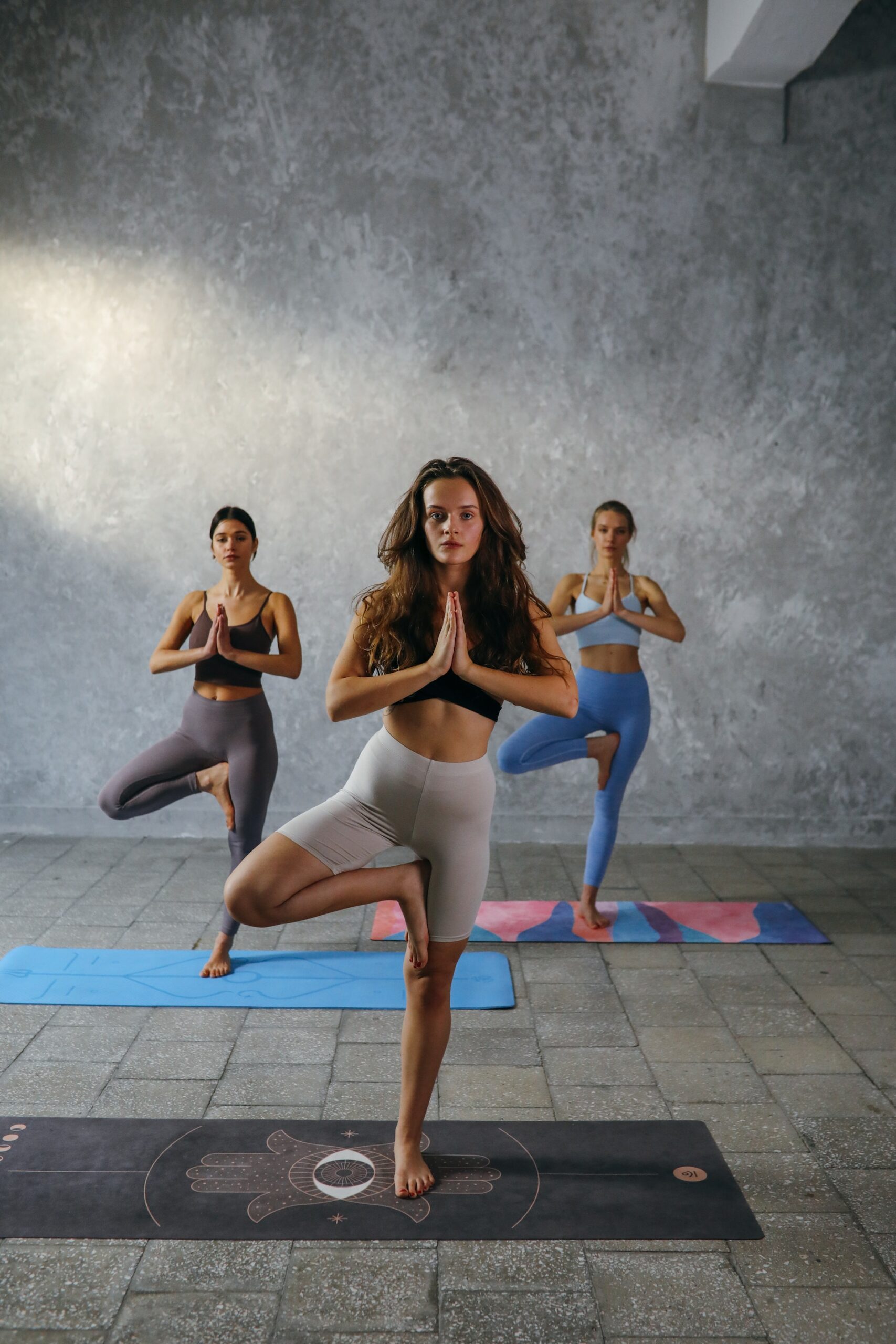Introduction
Meditation and yoga go hand in hand. They are both ancient practices that have been around for thousands of years, and both have been proven to have immense physical, mental, and spiritual benefits. Amongst the many types of yoga, Vinyasa Flow is becoming increasingly popular, due both to its dynamic and fluid nature, as well as its potential to deepen an individual’s meditation practice. In this guide, we explore the meditation benefits of Vinyasa Flow, as well as provide tips on incorporating the practice into your daily yoga routine.
What is Vinyasa Flow Yoga?
Vinyasa Flow Yoga, also known as Vinyasa or Flow Yoga, is one of the most popular styles of yoga in the western world. It is a dynamic style of yoga that connects movement with breath, often referred to as “breath-synchronised” or “flow-style” yoga.
In this type of flow, postures or asanas are sequenced together to create a moving and mindful practice. Generally, each posture is linked with an inhalation or exhalation, and the practice is often choreographed to music, making it a form of active meditation. Through the continual practice of movements and breath awareness, practitioners experience a deep state of relaxation, mindfulness, and peace of mind.
Physically, each asana in Vinyasa Flow exists to move the abdominal muscles, strengthen the core, limb muscles, as well as increase flexibility and balance.
The Meditation Benefits of Vinyasa Flow Yoga
Vinyasa Flow Yoga offers many physical benefits, but it also has the potential to provide profound meditation benefits.
Develops Mindful Attention
The most obvious and immediate effect of practicing Vinyasa Flow Yoga is an increased and more developed sense of mindful attention. By linking breath and movement, practitioners have the potential to be fully present in the moment. Through focusing on the breath and the body, the mind will be gradually distracted from the thoughts and conditions of the external world and all its distractions. Over time, this practice of paying attention to the body will cultivate inner peace and stability.
Creates Calm and Clarity
Consistent practice of Vinyasa Flow Yoga can develop a sense of peace and clarity in the mind. This clarity and calmness can give practitioners the space they need to relax and recognise the true nature of their thoughts and feelings, which can help them to become wiser and more aware.
Strengthens the Connection Between the Body and Mind
Vinyasa Flow Yoga also strengthens the connection between mind and body. As practitioners move their bodies in rhythm with their breath they become more mindful of their body and its sensations. Of course, each person’s experience will be different – some may hate it and find it too challenging, some may struggle to get out of their comfort zone, but the practice itself will teach the individual to become aware of their body, the sensations and limit of the body.
By understanding the limit, practitioners can focus on the sensations and the processes which occur within the body during movement. In this way patients can stop seeing themselves as a ‘passive observer’ of their body and come to view their body more as an active ‘companion’.
Builds Discipline and Patience
The practice of Vinyasa Flow Yoga also involves discipline and patience. As levels of proficiency increase, it is important that practitioners remain patient and consistent with the practice. It is easy to jump into the practice and rush through the flow, but doing so will eventually lead to pain and injury.
Therefore, tackling Vinyasa Flow with discipline, instead of force or urgency, will ensure an effective practice and will help to cultivate patience and a non-striving attitude.
Tips on Incorporating Vinyasa Flow into Your Yoga Routine
- Start Slow
To make the most of your Vinyasa Flow practice, start slowly and build up gradually as your level of proficiency increases. Start with a few simple postures and gradually move up to more complicated sequences. This will help to ensure that you are practicing correctly and safely.
- Focus on the Breath
The focus of Vinyasa Flow is to connect movement and breath, so be sure to pay attention to your breath throughout the practice. If you find it tough to stay focused on your breath, then try counting your breaths in sets, or try a simple breath meditation to help you stay mindful and present.
- Time for Rest
Vinyasa Flow is a powerful practice, and it’s important to take time for proper rest. Take time in between movements, so you can be mindful and aware of your body, then slowly return to activity at your own pace.
Conclusion
Vinyasa Flow is a powerful and dynamic practice, that offers both physical and mental benefits. It encourages mindful attention, creates calm and clarity, strengthens the connection between body and mind, and builds discipline and patience. As long as it’s practiced with discipline and patience, Vinyasa Flow can be a great practice for promoting meditation and relaxation. However, always be mindful of your limits and make sure to take some time for rest and relaxation in-between practices.

